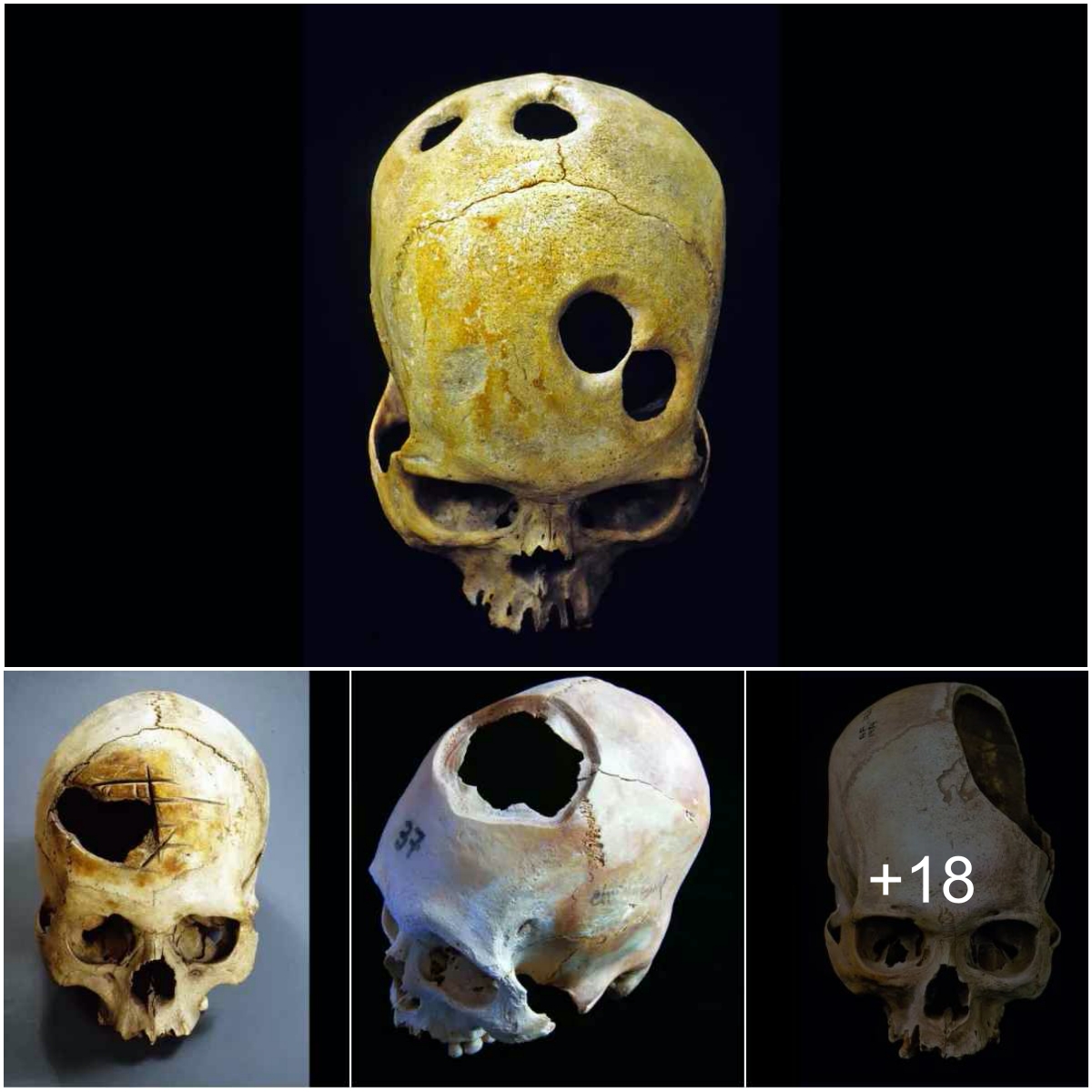The 651 coins are about 2,100 years old, but despite their age, the text and imagery engraved on them is still legible, said Elif Özer, an archaeologist at Pamukkale University in Turkey who helped excavate the coin jug in Aizanoi, an ancient Greek city in Turkey’s western Kütahya province.
“It was an extremely exciting discovery,” Özer told Live Science in an email. It’s likely that “a high-ranking soldier came to Aizanoi … and he must have buried these coins here for a reason we do not know yet.”
Related: Photos: Roman-era silver jewelry and coins discovered in Scotland
Archaeologists found the jug buried on the banks of a stream in Aizanoi in September 2019. After examining the cash hoard, they identified 439 pieces as denarii, or ancient Roman coins minted on silver, and 212 as cistophori, silver coins from Pergamum, an ancient Greek city located in modern-day northwestern Turkey.
Many of the coins were minted in southern Italy, Özer noted, and all of the coins dated to between 75 B.C. and 4 B.C. Portraits of Roman emperors decorate the silver coins, she added.
Caesar, Brutus, Mark Antony and Augustus Young are depicted on the coins, and the back of each coin “tells a different story,” she said. For example, one type of coin shows a scene with Aeneas — a Trojan hero who is the son of the goddess Aphrodite and Anchises, a cousin of the Trojan king, according to Greco-Roman mythology; Aeneas is also known as the ancestor of Remus and Romulus, twin brothers considered to be the founders of Rome. In the scene engraved on the coin, Aeneas carries Anchises on his back, Özer said, illustrating the famous scene in Virgil’s “Aeneid” in which Aeneas carries his family out of burning Troy. (It’s a famous scene that was also immortalized in the “Aeneas, Anchises, and Ascanius” sculpture by the Italian sculptor Gian Lorenzo Bernini.)
The vast collection of denarii and cistophori are known as a “coin album,” because they feature rulers from the late Roman Republic, Özer said.
After the team finished their inventory of the rare find, they sent the hoard to the Museum of Anatolian Civilizations in Ankara, where the coins will go on display.
Originally published on Live Science.









